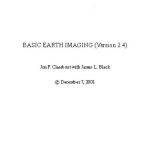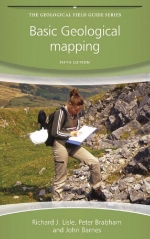Geology is the study of the earth, its internal and external composition, structure, and processes by which it develops and is changed. Inasmuch as the earth is constantly changing, its processes and the history of its processes are important in the formation and preservation of economic mineral and hydrocarbon deposits.
As the earth changes, clues are formed that are important in the exploration for and the recovery of hydrocarbons. The history of the earth, and particularly the sedimentary record, is replete with clues, some obvious, some subtle, that provide important information in the search for natural resources and raw materials. Geologists, geophysicists, and engineers who explore for. find, and produce hydrocarbons must be able to interpret the geologic record and to evaluate physical, chemical, and biological parameters toward the successful conclusion of an exploration program. In this manner, the characteristics of the earth and its history tell the explorer and producer how hydrocarbons can be found profitably and eventually recovered and brought to market. <...>













